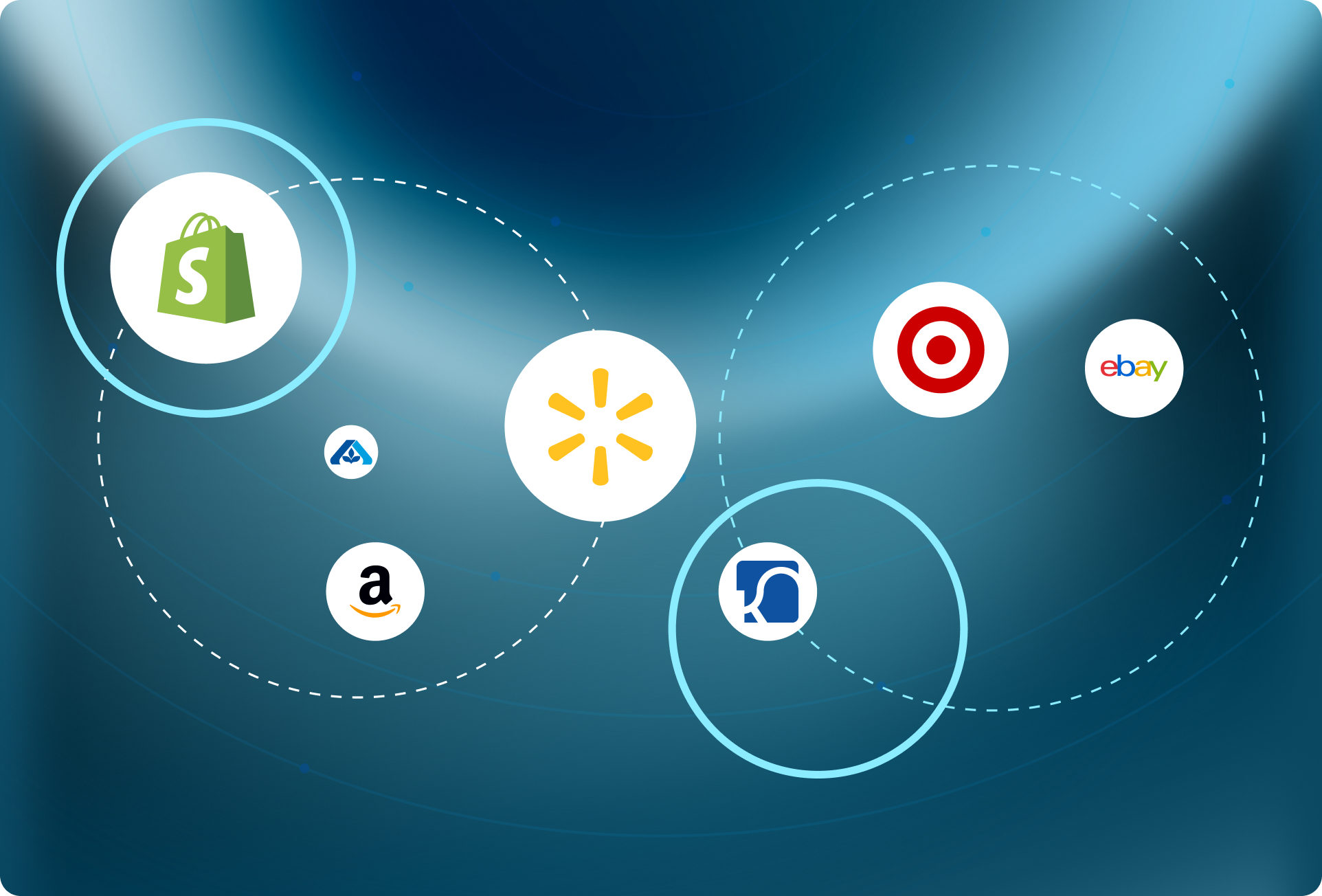Understanding the Seller Onboarding Challenge
For online marketplaces, seller onboarding represents both their greatest opportunity and their biggest bottleneck. Every new seller on the marketplace brings expanded inventory that attracts more buyers, creating the virtuous cycle that drives marketplace growth. Yet most platforms are inadvertently sabotaging this process through slow time-to-listing, poor product data quality, and seller abandonment.
The Promise of Seller Growth
The formula is simple:
- More sellers → More SKUs (products)
- More SKUs → More buyers
- More buyers → Increased seller retention and marketplace revenue
This is the foundational growth loop for companies like Amazon, Etsy, and B2B marketplace platforms.
Every new seller doesn’t just bring their own product catalog, they enhance the total product range, making the platform more appealing to all buyers.
The Three Pillars of Effective Onboarding
Marketplaces that want fast seller activation and conversion-ready product listings need to master three pillars:
- Speed to Launch
Sellers want to get their products live quickly, and ideally in days, not weeks. Long onboarding drives frustration and churn. - Accurate Data Mapping
Matching seller product data to the marketplace taxonomy is critical. Inaccurate categorisation leads to listings buyers never see. - Complete Product Information
Missing attributes (specs, images, descriptions) result in low-quality listings that hurt both seller sales and marketplace trust.
The Current Reality: A Broken Seller Onboarding Experience
Despite knowing these fundamentals, many platforms are making the same onboarding mistakes:
- Timing issue: Average seller onboarding takes 6–8+ weeks. Many sellers quit before going live.
- Data complexity: Confusing product data templates and manual mapping slow the process.
- Low listing quality: Incomplete or incorrect SKUs damage conversion rates across the marketplace.
The result:
- High seller drop-off rates before launch
- Increased support costs for manual onboarding help
- Slower GMV (Gross Merchandise Value) growth
The Hidden Revenue Loss from Bad Onboarding
Poor seller onboarding has a compounding effect on marketplace revenue:
- Direct loss: Sellers that quit never list products, meaning zero transactions.
- Indirect loss: Missing unique products means buyers can’t find what they want, they go elsewhere.
- Operational costs: Increased need for onboarding support staff drives up CAC (Customer Acquisition Cost) for sellers.
For example: an extra month of seller onboarding delay can mean tens of thousands in missed GMV per high-volume seller.
The Strategic Solution: Rethinking Seller Catalogue Onboarding
Winning marketplaces treat seller onboarding optimisation as a competitive moat.
The goal:
- Cut onboarding time by 70% (weeks → days)
- Automate data mapping using AI-powered catalog enrichment tools
- Guide sellers proactively with onboarding playbooks and in-platform guidance
- Ensure product data completeness before listings go live to maximise visibility and conversions
Why Speed and Quality Win the Seller Acquisition Race
In a competitive landscape where sellers can choose between multiple marketplaces, the friction of onboarding can be the deciding factor. The platforms that make onboarding:
- Faster
- Easier
- More profitable for the seller
…will attract more sellers, expand their product catalog faster, and fuel stronger network effects.
